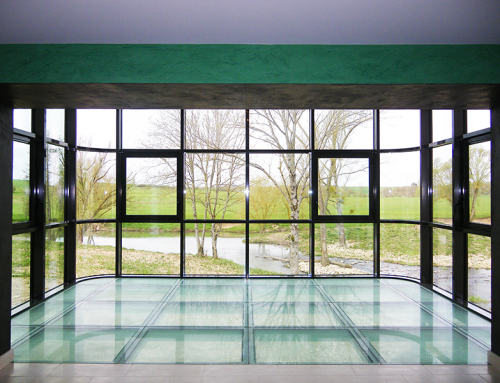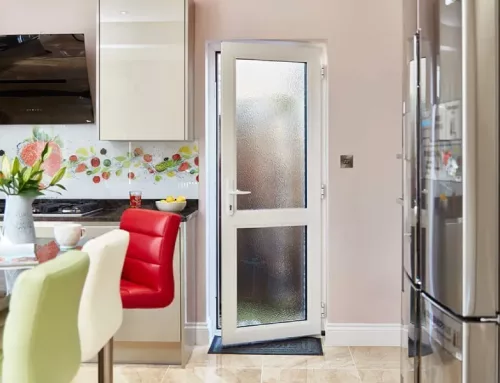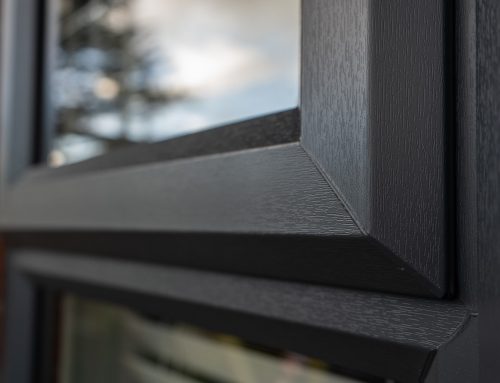Energy Efficiency and uPVC Doors and Windows: Saving Money and Reducing Carbon Footprint
In an era of growing environmental concerns and rising energy costs, energy efficiency has become a top priority for homeowners and architects alike. When it comes to doors and windows, uPVC (unplasticized polyvinyl chloride) has emerged as a popular choice due to its exceptional energy-saving properties. In this article, we will explore how uPVC doors and windows contribute to energy efficiency, leading to significant cost savings and a reduced carbon footprint.
1. Thermal Insulation:
One of the key factors that contribute to the energy efficiency of uPVC doors and windows is their superior thermal insulation. The multi-chambered design of uPVC profiles, combined with the use of weather seals and double or triple glazing, creates an effective barrier against heat transfer. During winter, uPVC prevents heat from escaping, keeping the indoor spaces warm and reducing the reliance on heating systems. In summer, it acts as a thermal barrier, preventing heat from entering and reducing the need for air conditioning. This improved insulation results in reduced energy consumption and lowers both heating and cooling costs.
2. Reduced Air Leakage:
Air leakage is a common issue in traditional doors and windows, leading to energy loss and discomfort. uPVC doors and windows are designed to minimize air leakage through the use of tight seals and advanced locking mechanisms. The precision engineering and installation of uPVC profiles ensure a tight seal, effectively preventing drafts and maintaining a consistent indoor temperature. By reducing air leakage, uPVC doors and windows minimize heat transfer and maintain a more comfortable environment, resulting in energy savings.
3. Condensation Control:
Condensation can lead to various problems, including mold growth, deterioration of window frames, and decreased indoor air quality. uPVC doors and windows offer excellent condensation control due to their inherent insulation properties. The thermal barrier created by uPVC profiles helps to reduce temperature differences between the indoor and outdoor environments, minimizing condensation formation on the glass surface. This not only protects the longevity of the doors and windows but also promotes a healthier indoor environment.
4. Energy-Efficient Glazing Options:
The glazing options available for uPVC doors and windows further enhance their energy efficiency. Double or triple glazing, combined with low-emissivity (low-E) glass coatings, improves thermal performance by reducing heat transfer through the glass. Low-E coatings reflect heat back into the room during winter and prevent solar heat gain during summer. Additionally, gas fills, such as argon or krypton, between the glass panes enhance insulation by reducing heat conduction. These energy-efficient glazing options maximize the energy-saving potential of uPVC doors and windows.
5. Sustainable Materials:
In addition to their energy-saving benefits, uPVC doors and windows contribute to sustainability and a reduced carbon footprint. uPVC is a recyclable material, and the production process of uPVC profiles consumes less energy compared to traditional materials like aluminum. Choosing uPVC supports the principles of circular economy and reduces the demand for virgin materials, ultimately minimizing environmental impact.
Conclusion:
uPVC doors and windows play a significant role in improving energy efficiency, resulting in substantial cost savings and a reduced carbon footprint. Their superior thermal insulation, reduced air leakage, condensation control, and energy-efficient glazing options ensure optimal energy performance in buildings. By reducing the reliance on heating and cooling systems, homeowners can significantly lower energy consumption and utility bills while enjoying a comfortable indoor environment throughout the year. Moreover, the use of uPVC supports sustainability efforts by utilizing recyclable materials and reducing environmental impact. In the quest for energy-efficient homes and sustainable living, uPVC doors and windows stand as an excellent choice, offering tangible benefits for both homeowners and the planet.



